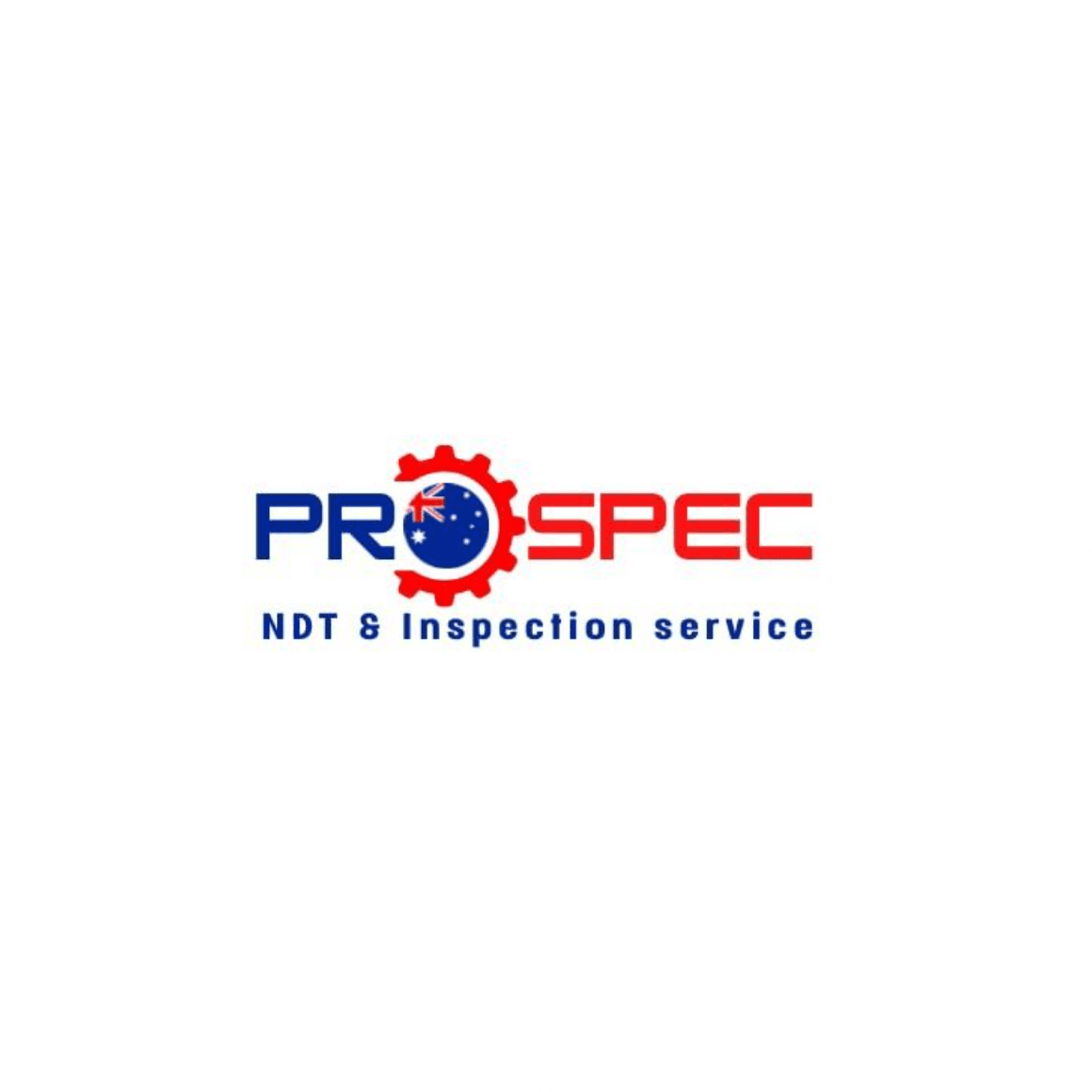Common Misconceptions About Non Destructive Testing: What You Need to Know
Pr
Understanding Non-Destructive Testing (NDT)
Non-Destructive Testing (NDT) is a critical process used in various industries to evaluate the properties of a material, component, or system without causing damage. Despite its importance, several misconceptions surround NDT, leading to confusion and misapplication. This post aims to clarify these misconceptions and provide a better understanding of what NDT entails.

Misconception 1: NDT Is Not Reliable
A common myth is that NDT techniques are not reliable. In reality, NDT methods are highly effective when used correctly. Techniques like ultrasonic testing, radiography, and magnetic particle testing have been refined over decades and are trusted for their accuracy. The reliability of NDT also heavily depends on the skill of the technician and the suitability of the chosen method for the specific application.
It's crucial to ensure that technicians are well-trained and follow established procedures to maximize the reliability of NDT results. Additionally, adhering to industry standards and guidelines ensures consistency and accuracy across various applications.
Misconception 2: NDT Is Cost-Prohibitive
Another misconception is that NDT is too expensive for widespread use. While initial setup costs for certain NDT equipment might be high, the long-term benefits outweigh these expenses. NDT can prevent costly failures by detecting defects early, thus saving money in potential repairs and downtime.

Moreover, there are various NDT methods available, each with different cost implications. Businesses can choose the most economical method that meets their inspection needs while staying within budget constraints.
Misconception 3: NDT Is Only for Large Industries
Many believe that NDT is exclusively for large-scale industries like aerospace or oil and gas. In fact, NDT is applicable across a wide range of sectors, including construction, automotive, and even art restoration. Its versatility makes it an essential tool for ensuring safety and quality in numerous fields.
Small businesses can also benefit from NDT by incorporating it into their quality assurance processes. This can enhance product reliability and customer satisfaction while reducing liability risks.

Misconception 4: All NDT Methods Are the Same
People often think that all NDT methods are interchangeable, which is not the case. Each method has unique advantages and limitations. For instance, ultrasonic testing is excellent for detecting internal flaws, while visual testing is best for surface inspections. Selecting the appropriate technique depends on factors such as material type, defect nature, and inspection environment.
Understanding these differences is crucial for selecting the most effective method for a specific application. This ensures accurate results and maximizes the benefits of NDT.
The Importance of Dispelling Misconceptions
Understanding the realities of Non-Destructive Testing is vital for professionals in any industry that relies on material integrity and safety. By dispelling these common misconceptions, businesses can make informed decisions about implementing NDT in their operations.
Ultimately, educating stakeholders about the true capabilities and benefits of NDT helps foster a culture of safety and quality assurance across industries.
